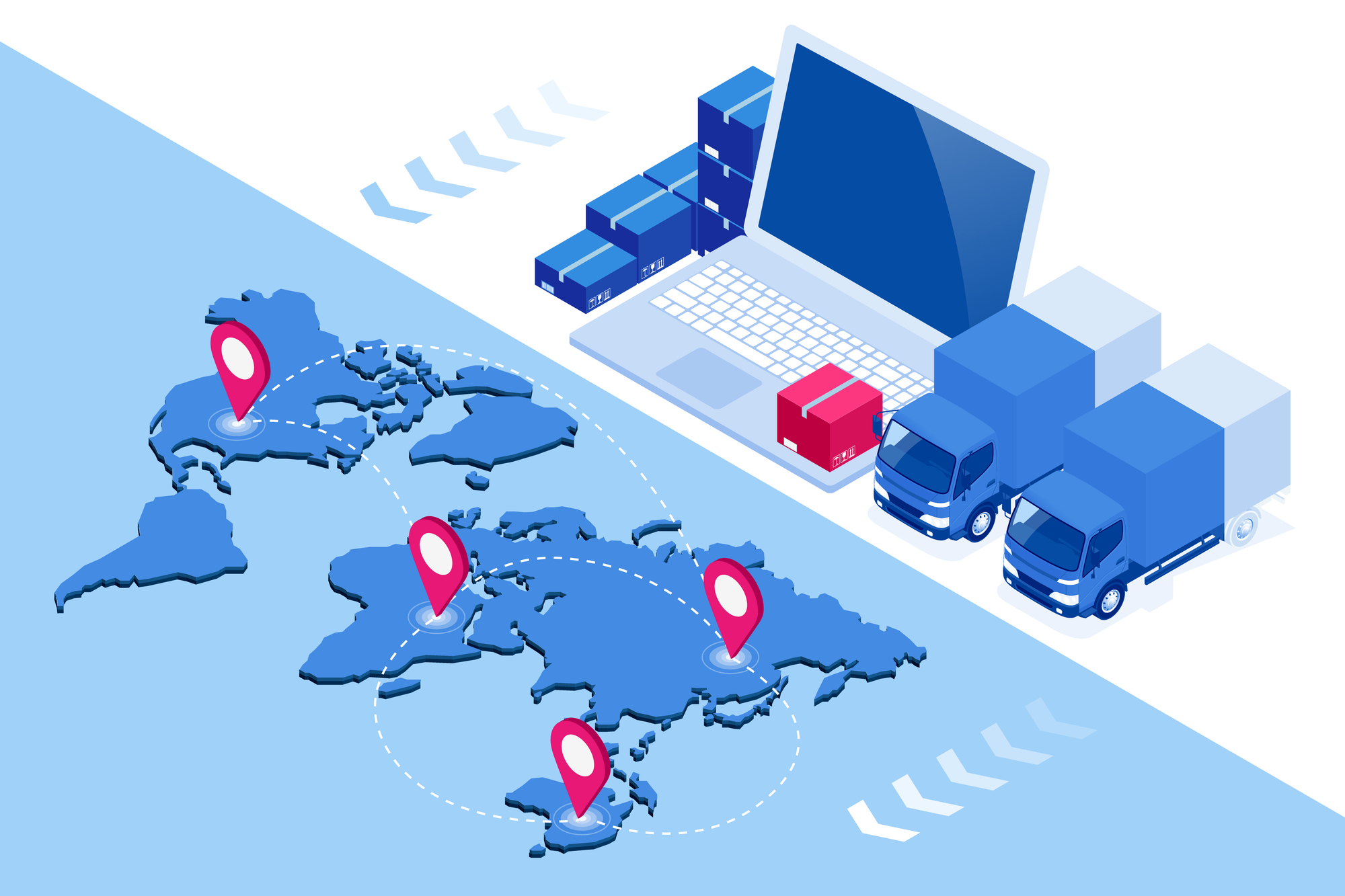In the world of supply chain management, introducing new technology can feel like trying to navigate a complex maze. Imagine giving your team a state-of-the-art tool without proper guidance—frustration mounts, and productivity drops. At SDI, the goal is to ensure that technology empowers rather than overwhelms. By focusing on user adoption, cost management, and the empowering role of AI, organizations can transform their operations and support their frontline workers effectively.
1. Human-Centric Design for Improved User Adoption
Introducing new tools can sometimes be met with frustration if they are not user-friendly. Human-centric design ensures that technology solutions are intuitive and genuinely helpful.
Action Step: Start with empathy. Observe the daily workflows of your team and gather feedback on their challenges. Use this insight to design or select tools that integrate seamlessly into their routines.
Explore how SDI’s mobile apps integrate inventory management and real-time tracking to simplify tasks and improve efficiency here.
2. Strategic Technology Investment for Cost Management
Investing in new technology can seem costly, but focusing on long-term benefits can yield substantial returns. Strategic investments in the right technology can reduce costs and enhance performance over time.
Action Step: Evaluate the potential return on investment (ROI) of new technologies. Consider how they can streamline processes, reduce errors, and save costs in the long run. Look for case studies and success stories to guide your decisions.
Learn how intelligent automated sourcing has helped organizations achieve significant cost savings here.
3. Leveraging AI to Enhance Supply Chain Operations
AI should be seen as a tool to augment and empower the workforce, rather than replace it. AI provides valuable insights and helps in making informed decisions.
Action Step: Implement AI tools that offer actionable insights and enhance decision-making processes. Train your team to use these tools effectively, emphasizing how AI can assist rather than replace them.
Read more about how AI can optimize your inventory management processes here.
4. Continuous Learning for Technology Adaptation
Continuous learning is essential to keep up with technological advancements. Fostering a culture of ongoing training and adaptation ensures that the team fully leverages new technologies.
Action Step: Develop comprehensive training programs tailored to your team’s needs. Encourage a mindset of continuous improvement and provide opportunities for ongoing education and skill development.
See how effective implementation and user adoption strategies can drive success in your organization here.
5. Clear Communication to Overcome Technology Resistance
Clear communication is crucial for overcoming resistance to new technologies. Ensuring that the team understands the benefits and how these tools will improve their work processes can alleviate fears and build confidence.
Action Step: Regularly update the team on the progress and benefits of new technology implementations. Use real-world examples and success stories to illustrate the positive impact.
Read about how one of the world’s largest retailers improved work order completion times through effective communication and technology implementation here.
Maximizing Supply Chain Efficiency with Human-Centric Technology
By focusing on these actionable steps—adopting human-centric design, investing wisely, leveraging AI, fostering continuous learning, and communicating clearly—organizations can optimize supply chain operations and empower frontline workers. Technology’s true potential is realized when it enhances human capabilities. For more insights, listen to the podcast interview on Let’s Talk Supply Chain and download the special report for listeners here.





